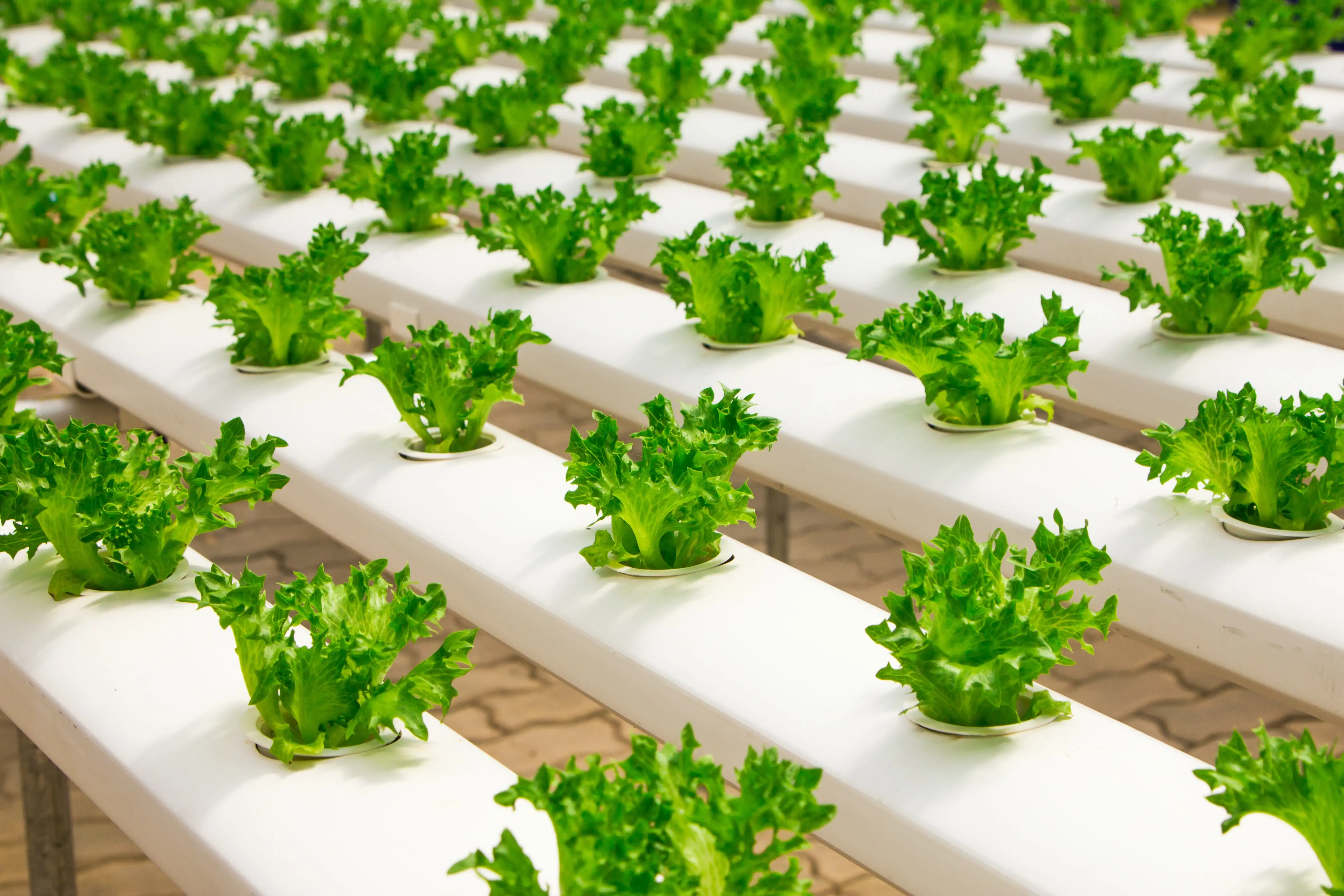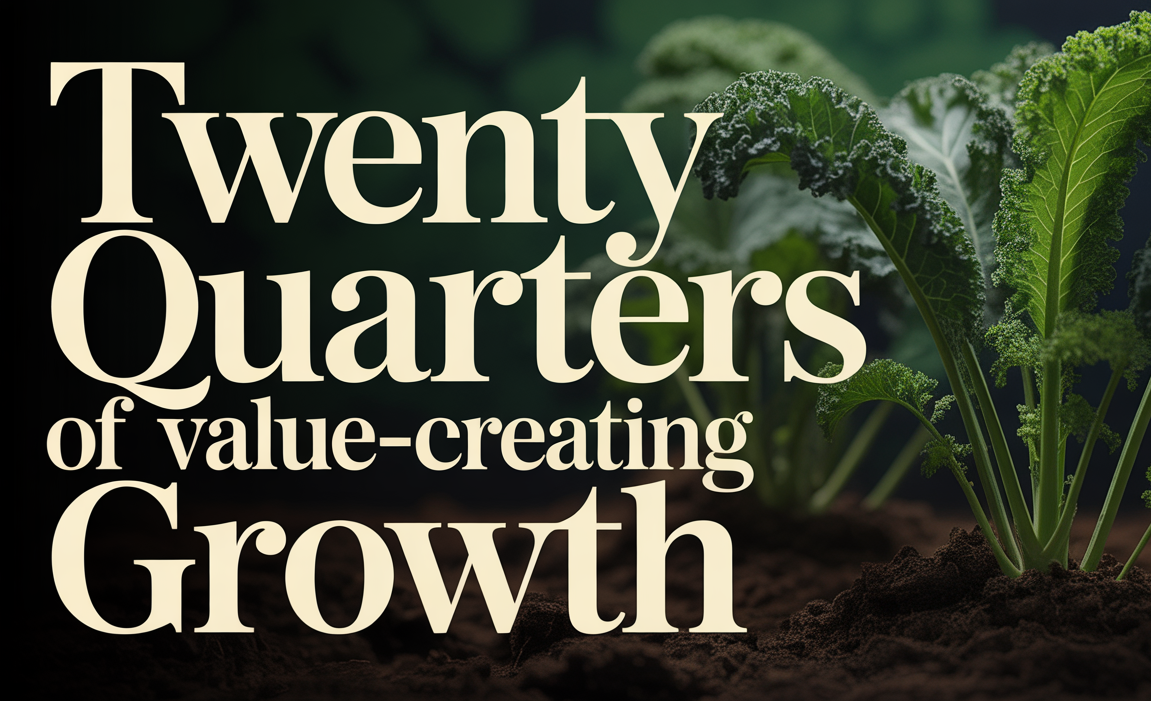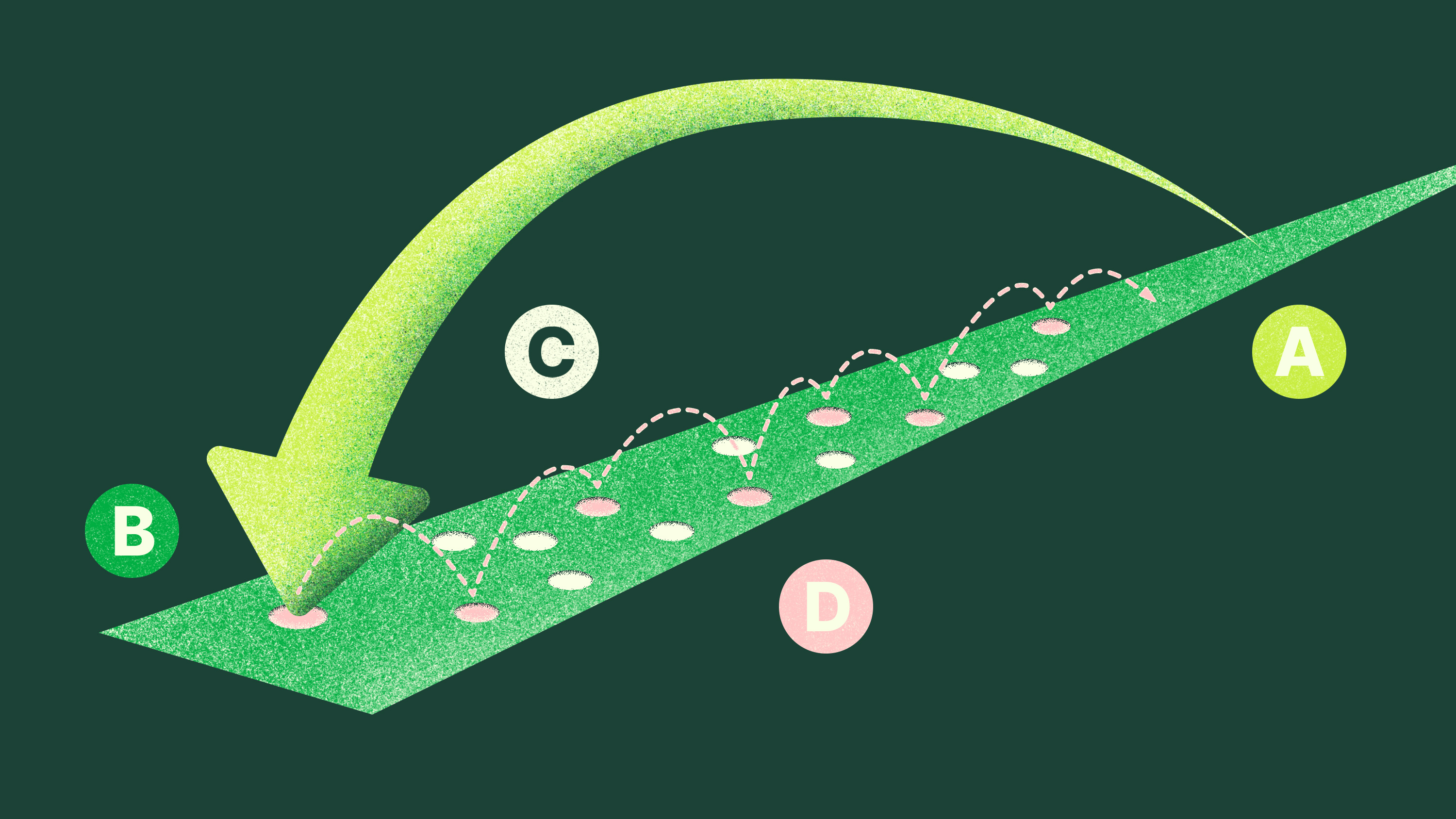
AgreenaCarbon Project registered on Verra: A Landmark Achievement in Regenerative Agriculture
The AgreenaCarbon Project has successfully passed Verra's rigorous validation process, confirming its compliance with the VCS rules and requirements. Therefore, the project is now registered in the Verra Registry, a central repository for all information and documentation relating to Verra projects and units. This ensures the uniqueness of projects and credits in the system.
The review process has involved several years of rigorous and independent assessment by Verra and the validation and verification body Earthhood.
Once the AgreenaCarbon Project credits are verified, farmers on the Agreena platform will receive Verified Carbon Units (VCUs), which represent greenhouse gas reductions and removals. These will be sold as carbon credits, giving farmers an extra revenue stream to fund their transition to more sustainable practices. Agreena is currently accepting pre-orders for these high-quality carbon credits.
What is the AgreenaCarbon Project?
The AgreenaCarbon Project collaborates with farmers implementing regenerative farming practices on millions of hectares of European arable farmland. These practices reduce and remove greenhouse gas emissions, contributing significantly to climate action goals.
The project uses Verra's VM0042 methodology to quantify GHG emission reductions and soil organic carbon removals through improved agricultural land management practices, so-called regenerative farming. These practices include reduced tillage, improved fertilizer application, and enhanced water management.
Both Verra and the independent third-party auditor Earthood, approved by Verra to perform validation and verification services under the Verra Verified Carbon Standard (VCS), have audited the AgreenaCarbon Project to ensure that it meets the VCS rules and requirements, that its methodologies are properly applied, and that it complies with local laws and regulations.
Why does this matter to the climate and farmers?
Exact numbers differ, but estimates suggest widespread regenerative farming could sequester billions of tons of CO₂ each year, making regenerative agriculture one of the most important solutions to climate change. However, this transformation needs to be pushed to happen.
The vast majority of farmland in Europe—well over 90%—is farmed conventionally. This mainstream farming method often relies on chemical fertilizers and pesticides, larger-scale operations, and mechanized processes to maximize yields. However, it can be detrimental to soil health.
In contrast, regenerative farming restores soil health, boosts biodiversity, and, which is essential in this context, captures more carbon. It optimizes for long-term productivity rather than maximizing short-term yields.
Farmers care about their soil. It’s their livelihood, and many families have worked the same land for generations. Shifting to regenerative methods ultimately creates healthier, more profitable farms. Beyond climate benefits, regenerative practices cut costs by reducing inputs and labor and lowering the risk of crop failures. Healthy, biodiverse soils hold moisture in droughts and prevent runoff in heavy rain—unlike conventional “dead” compact soil that’s easily washed away, carrying nitrogen and other pollutants, offering no cushion during dry spells. Still, switching to a new way of farming means added costs and risks, with little or even negative short-term financial payoff. With most farms only making around 5–10% in profit and low cash reserves, going regenerative is literally betting the entire farm, so it's no surprise many hesitate.
Enter nature-based carbon credits, a way to funnel money toward projects that cut or capture emissions, financing the transition to regenerative farming as a climate solution. A voluntary carbon market is a marketplace where companies or people choose to buy carbon credits—like tokens representing a certain amount of reduced or removed CO₂—to balance out their emissions. Agreena partners with farmers who want to contribute to curbing climate change while improving soil health, providing know-how, and—through its carbon programme —financial support.
Farmers interested in joining the AgreenaCarbon programme should contact Agreena for detailed information and guidance on participation.
Why does this matter for buyers of carbon offset and inset credits?
Companies buy carbon credits to balance out their emissions, meet sustainability goals, show climate responsibility, and finance emissions-reducing projects that help fight climate change. Offset credits are tied to verified reductions or removals of carbon. It’s a way to “cancel out” emissions by funding projects that lower or capture CO₂. Insets are reductions or removals within a company’s own supply chain or operations, so emissions are cut where the company does business. For example, Nestlé is working with farmers who supply their ingredients, such as cocoa or coffee to adopt regenerative practices on their fields, effectively creating insets right in their own supply chain.
Buyers need to trust that the carbon credits they purchase actually reflect real, verified emission reductions or removals. A reputable standard like the Verra Verified Carbon Standard helps ensure those credits are legit.
If you are a farmer or credit buyer and are interested in learning more about the Agreena’s offerings, check out Agreena.com.



.jpeg)